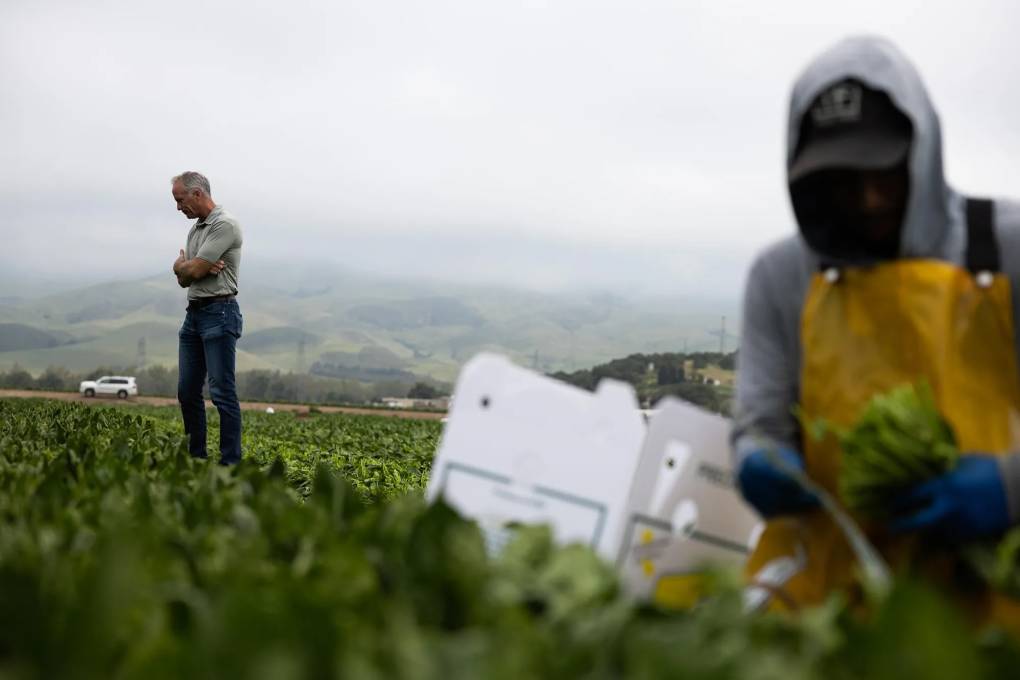A new report from supporters of a November ballot measure aimed at increasing property taxes on commercial and industrial property in California finds that more than 90% of the additional property tax revenue Proposition 15 would generate will come from just 10% of the highest value properties.
The measure would amend the California Constitution to create a so-called “split roll” by reforming the 1978 measure Proposition 13, which slashed property taxes across the state and placed a limit on annual tax increases for both residential and commercial property.
Prop. 13 was sold as a way to create stable and predictable property tax bills, especially for seniors on fixed incomes. But critics have long complained that large corporations have unfairly benefitted from those protections, allowing them to keep assessed property values at well below market rates, resulting in a loss of revenue to schools and local government.
Prop. 15, which is financed primarily by the California Teachers Association and other unions, could generate a net increase in revenue between $6.5 and $11.5 billion dollars a year, with 40% of that going to K-12 schools and community colleges, and 60% going to local governments. The range of revenue estimates relates to growth in the real estate market.
The Schools and Communities First campaign, which collected signatures to put Prop. 15 before voters, exempted properties valued at $3 million or less, a change from an earlier version that was intended to allay fears of small businesses that they would be walloped by unaffordable property tax increases. Those properties will not be reassessed unless they belong to a landowner whose combined properties add up to more than $3 million in value.



